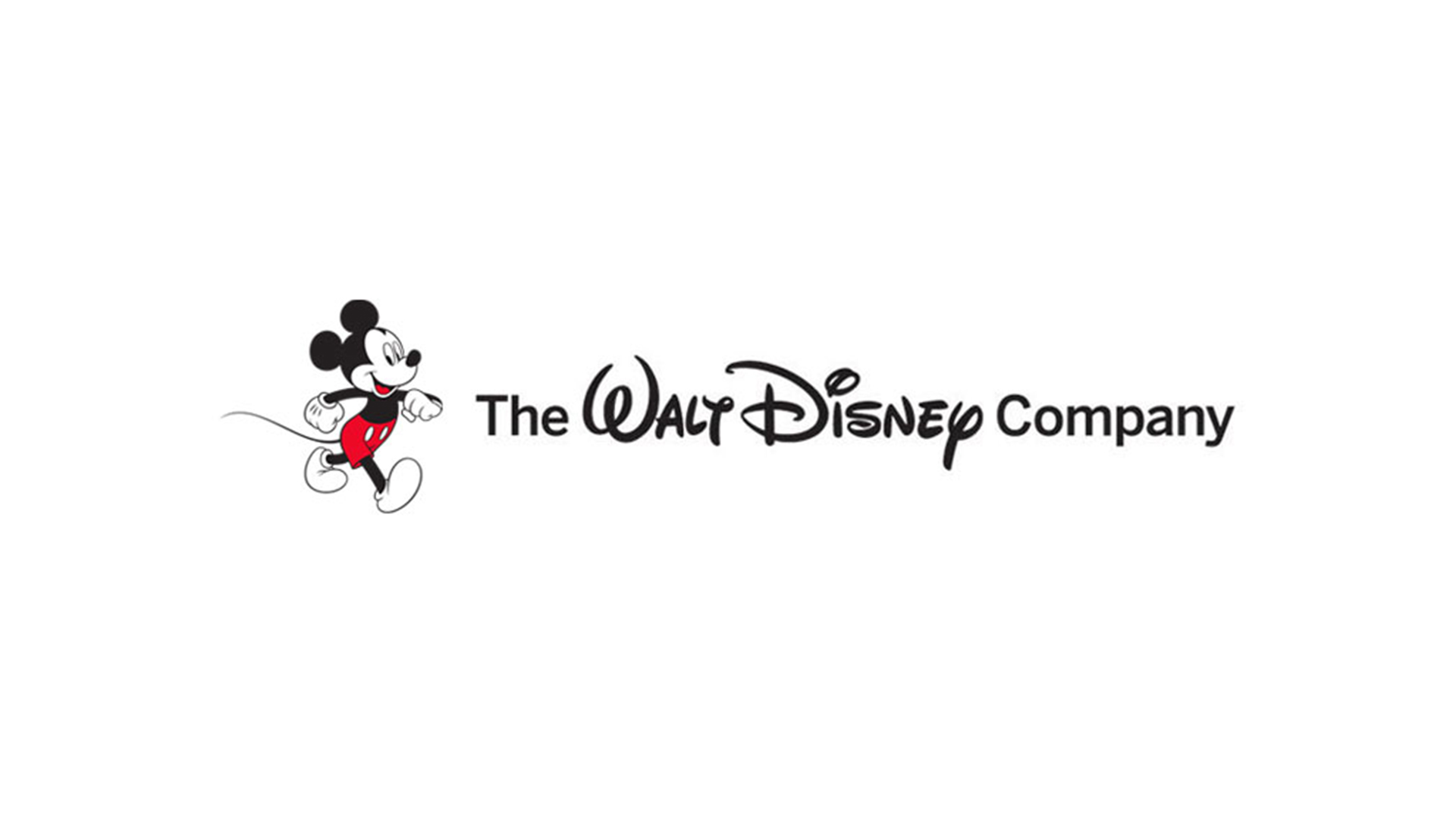Breaking Down the Layoffs: Which Companies are Affected in 2023?

Breaking Down the Layoffs: Which Companies are Affected in 2023?
Global businesses face difficult decisions due to the economy’s growing problems, which often result in mass layoffs and a significant alteration of the labour market. Below is a list of notable releases.

The year 2023 witnessed a series of significant layoffs across various industries as companies navigated through economic challenges, technological disruptions, and changing market dynamics. The global job market experienced a tumultuous period, with several top companies announcing workforce reductions and restructuring initiatives.

As they join the expanding list of businesses cutting their employees, the hallways of industry heavyweights like Alibaba, Autoliv, Meta, Disney, and Morgan Stanley resound with alarming news. These businesses have been forced to abandon their aggressive employment plans due to the pandemic’s effects and growing economic uncertainty. A ripple of layoffs that started in late 2022 has grown into a tidal wave that isn’t expected to stop in 2023.
Previously known for its rapid growth, the technology industry has been hit hard by layoffs. In 2022 alone, almost 150,000 IT professionals were laid off, significantly increasing from 80,000 in 2020 and 15,000 in 2021. Previously known for its rapid growth, the technology industry has been hit hard by layoffs. In 2022 alone, almost 150,000 IT professionals were laid off, significantly increasing from 80,000 in 2020 and 15,000 in 2021.
In 2023, the primary trend will be downsizing, even though some IT companies still have more significant staff numbers compared to previous years. Wedbush analysts forecast that tech layoffs would continue throughout the year, signalling a fundamental upheaval in Silicon Valley as the industry turns attention to cost-cutting measures.
A list of the most recent layoffs and their implications for the sector has been produced so you can keep updated.
Auto supplier Autoliv to cut 8,000 jobs
Autoliv, a major supplier of automotive safety systems, has declared ambitions to speed up cost reductions worldwide, emphasizing enhancing operational effectiveness in its European operations. The corporation plans to eliminate up to 2,000 indirect employees and 6,000 direct ones, totalling around 8,000 overall job losses, or about 11% of its workforce. With these actions, the corporation hopes to maximize its global reach, save expenses, and generate long-term margins and cash flow gains.
Alibaba’s cloud business to Cut 7% of Staff
According to a Bloomberg story, Alibaba’s cloud subsidiary has started hiring fewer people, cutting its employment by around 7% in anticipation of a planned spinoff and probable initial public offering (IPO). Alibaba Cloud is well-positioned for an IPO, using its existing business strategy, with a preliminary valuation of over $30 billion. By 2022, CEO Daniel Zhang expects the cloud business to be larger than Alibaba, with revenues of close to $12 billion.

Meta’s new round of Layoffs to impact partnerships
Significant layoffs are planned at Facebook’s parent company, Meta, with the marketing and partnerships units being the main targets. According to a report from the International Business Times, the layoffs will impact the company’s business teams scheduled for late May, according to an earlier statement made by CEO Mark Zuckerberg.

Soundcloud to lay off eight per cent of its Staff.
Due to the difficult economic situation, SoundCloud has decreased its employment by 20% and is announcing a further 8% worker reduction. To maintain firm health and achieve profitability in the current year, the corporation portrays this decrease as necessary. Like other businesses like Google, Meta, and Amazon, SoundCloud is attributing the layoffs to cost-cutting and restructuring initiatives.

JioMart Layoffs: 1,000 employees cut, 9,900 jobs at risk
Over 1,000 employees at JioMart, Reliance Retail’s online shopping platform, have been let off. The corporation also intends to remove another 9,900 employees in the foreseeable future. According to sources, JioMart made this deliberate effort to increase profit margins in response to worries voiced by established distributors about possible supply chain disruptions due to JioMart’s disruptive pricing strategy.

Disney is set for a third round of job cuts.
Disney has reportedly started its third wave of layoffs, which will affect an estimated 2,500 positions throughout the corporation, according to Deadline. In contrast to earlier ones, this round of layoffs does not single out any one section. Television has seen significantly fewer layoffs this time than the last cycle, which saw massive cuts. Although modest releases may still take place in the upcoming months, Disney CEO Bob Iger previously emphasized that this round was anticipated to be the last significant one.

Spotify looks to trim 6% of its global workforce.
As the music streaming firm deals with a bleak economic climate where customers and marketers are cutting down on spending, Spotify revealed last month that it was laying off 6% of its worldwide employees. There are around 9,800 individuals employed by Spotify overall; thus, the layoffs will affect about 600 people. According to its LinkedIn page, the firm employs 1,900 employees in Sweden and 5,400 in the United States.

Goldman Sachs announces plan to sack 3,200 staff.
Investment behemoth Goldman Sachs has started a significant wave of global job cutbacks as it tightens its belt in the face of declining profitability. Up to 3,200 employees, or around 6.5% of the bank’s workforce, would be impacted by the reductions, including employees in the UK. As lenders are pressured by economic uncertainty, the cutbacks are among the largest banks have made this year.

3M steps up efforts to cut 2,500 manufacturing jobs
After posting a reduced profit, 3M stated in January that it will eliminate 2,500 manufacturing positions as the American industrial giant deals with a slump in demand for its segment, which sells laptops, air purifiers, and respirators. The decision was made when corporate America experienced a wave of layoffs as employers struggled to control expenses amid concerns about a future economic slump.
Dell to fire 6,650 workers – 5% company’s workforce
According to the media, approximately 6,650 employees will be let go by Dell Technologies globally, making it the most recent technology corporation to do so. According to sources cited by Bloomberg, the reduction would affect 5% of the company’s global employees. According to co-chief operating officer Jeff Clarke, “the company is experiencing market conditions that continue to erode with an uncertain future.” Clarke informed employees that prior cost-cutting strategies, such as a suspension of employment and travel limitations, must be revised now. The computing manufacturer declared in February that it will reduce 5% of its personnel due to a “challenging global economic environment.” According to the Texas-based company’s most recent annual report, there are around 133,000 employees; therefore, the layoffs are expected to result in the termination of 6,600 people.
IBM announces plan to slash 3,900 jobs – 1.5% of its workforce
According to the company’s chief financial officer, 3,900 employees will be laid off. The reductions, representing around 1.5% of the company’s worldwide workforce, came despite IBM reporting revenue for the most recent quarter that was higher than anticipated. Last year, IBM said it would spend tens of billions of dollars in the Hudson Valley in New York to boost the semiconductor industry.

The year 2023 witnessed a series of layoffs across industries as companies grappled with economic challenges, technological disruptions, and changing consumer preferences. The top companies mentioned in this timeline were forced to downsize their workforces to adapt to evolving market dynamics and remain competitive. The impact of these layoffs on employees, families, and local communities cannot be understated. As the global job market evolves, companies must prioritize effective communication, reskilling and upskilling programs, and support mechanisms to mitigate the impact on individuals and foster a more inclusive and resilient workforce.




